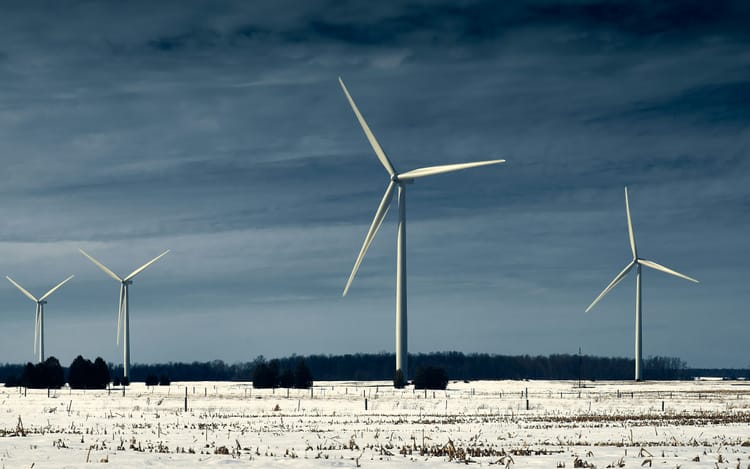Concerns grow over how a second Trump presidency would affect climate goals

Reports suggest that a Trump victory at the November 2024 US presidential election would likely result in the dismantling of key climate policies, delaying the country’s energy transition and jeopardising global decarbonisation goals.
In a report published this week, Wood MacKenzie argues that a Republican victory in November could mean bad news for the planet, with lower levels of investment in low-carbon technologies and renewed enthusiasm for fossil fuels.
The analysis comes after it emerged that Trump offered to roll back Biden-era environmental policies in exchange for a US$1 billion contribution to his campaign from oil and gas executives.
Trump presidency: US$1 trillion of clean energy investments at stake
“It is not likely that the [Inflation Reduction Act] IRA will be fully repealed,” explained David Brown, director of Wood Mackenzie’s Energy Transition Research. “However, a second Trump presidency would likely issue executive orders that would abandon the 2035 net zero target for the power sector, establish softer emissions goals from the EPA, and issue tax credit regulations that could favour blue hydrogen [made from natural gas].”
The consultancy’s analysis forecasts a US$1 trillion drop in low-carbon energy and infrastructure from 2023 to 2050 if Trump wins, due to the expected scaling back of policy support. The current base case of US$7.7 trillion is already much lower than the necessary US$11.8 trillion Wood MacKenzie is required to transition US energy supply to net zero by mid-century.
EV transition also delayed
A Republican presidency over the next four years would also delay peak fossil fuel demand by about 10 years, as well as massively slowing down the transition to electric vehicles.
EV sales growth in the country has been disappointing this year so far at just 19%, while hybrid sales have increased by 57%. (US automaker General Motors recently blamed its lack of progress against its carbon intensity target on continued consumer demand for combustion vehicles.)
Weakening federal greenhouse gas (GHG) emissions and fuel economy regulations under Trump would strengthen this trend and halve the number of EVs on US roads by 2050 compared to Wood Mackenzie’s base case.
“This election cycle will really influence the pace of energy investment, both in the next five years and through 2050. Investments in low-carbon supply need to be made in the near term to realise longer-dated decarbonisation targets. US carbon emissions could grow, putting net zero out of reach in our delayed transition scenario,” added Brown.
Recent progress in US energy transition
According to the World Resources Institute, a record 31 GW of solar energy capacity was installed in the US in 2023, up 55% from 2022, bringing the country’s installed capacity to 161 GW. Meanwhile, wind capacity grew by just 8 GW.
Battery storage capacity is also expected to nearly double in 2024, largely thanks to tax incentives offered by the Biden administration as part of the Inflation Reduction Act.







Member discussion